What is a survival water distiller? 🧐
It is a device used to purify water for survival purposes. It works by heating the contaminated water until it vaporizes and then condensing the steam back into liquid, which is then ready to drink.
Features ✍️
A survival water distiller is an essential tool for anyone who needs to purify contaminated water in emergencies or who wants to ensure clean drinking water is always available. The best distillers will have several features that make them effective and reliable for use in a variety of different conditions:
| ✅ Portability | It has a lightweight, compact design that is easy to take with you on your next adventure. |
| ✅ Ease of use | Some models come with an intuitive operation so you can quickly put it into action in any situation. |
| ✅ Durability | Water distiller constructed from sturdy materials and designed to withstand harsh conditions. It should also be impact-resistant and waterproof so it can stand up to rough handling and exposure to moisture. |
| ✅ Capacity | Choose one that can produce enough clean drinking water for your needs during extended trips or emergencies. |
| ✅ Efficiency | A good water distiller should be able to quickly and efficiently purify water so you can enjoy clean, healthy drinking water without waiting for too long. |
Benefits 🔥
Survival water distillers provide a safe, reliable way to obtain purified drinking water in a variety of situations. Here are some of the top benefits:
- ✴️ Purification: The distillation process kills bacteria, viruses, and other impurities, making it one of the most effective methods of water purification available. Because it eliminates both chemical and biological contaminants, it is often used by military and medical personnel to ensure complete safety when obtaining drinking water from unknown sources.
- ✴️ Efficiency: They are incredibly efficient at producing large quantities of clean water in relatively short amounts of time, making them ideal for emergencies where fast access to safe drinking water is essential.
- ✴️ Portability: These devices can be easily transported and set up almost anywhere, making them highly convenient for travelers and campers alike who need access to potable water while away from home.
- ✴️ Cost-Effective: Not only do distillers offer unbeatable purity levels in terms of their purification capabilities, but they also cost less upfront than many other types of filtration systems too – making them a great choice for anyone seeking an affordable way to guarantee safe drinking water no matter where they are located.
- ✴️ Simple Operation: Despite their advanced technology and powerful capabilities, such water distillers require no complex setup or ongoing maintenance like some other purification systems.
Types ⏰
When it comes to buying a survival water distiller, there are numerous types available.
- ⌛️ The most common type is the countertop distiller, which is designed to be used on a kitchen counter and has a relatively small capacity. These units use electricity to boil and vaporize water, which then condenses in a separate container.
- ⌛️ Another popular option is the solar-powered distiller, which uses the power of the sun to evaporate and condense the water. This type of distiller can be placed in direct sunlight or set up inside an enclosed structure with enough ventilation for cooling.
- ⌛️ A third type of unit is the portable distiller, which can be taken along on hikes or camping trips. These models typically require no electricity and tend to have larger capacities than their countertop counterparts.
- ⌛️ Finally, some survivalists choose to make their homemade stills using simple tools found around the home or outdoors. While this method may take more time and effort than purchasing a ready-made unit, it can provide an effective way to purify drinking water without relying on electricity or other resources.
TOP 10 Survival Water Distillers
1# Waterwise WW1600 Non-Electric Water Distiller
This distiller is ideal for camping and outer usage. The process of filtering requires an electricity supply. The filter works only in a warm environment. In the cold conditions can be problems. The filter cover is made of steel. The filter system includes a pre-filter and filter that removes chemicals. The housing is thin and difficult to take, even the weight is easy. The distiller is included and doesn’t take much energy. It helps to remove bacteria and big pars from water. To start the filtering you will need electricity.
2# Sawyer Products MINI Water Filtration System
The mini filtration system is used for camping, hiking, scouting, and international travel, which makes the product multi-usage. With a weight of 2 ounces, it includes a drinking pouch, an inline filter, hydration packs, and a straw. The filter helps to remove the majority of bacteria, like salmonella, cholera, and cryptosporidium. The advantage is that it can kill 99% of bacteria. The mini-filter is made by the Sawyer brand, which helps to remove from water 100% f microplastic. The squeeze pouch is many times usable and weighed 16 ounces. The length of the straw is 7 inches. From customer reviews, we can call it a distinguished water source.
3# Survivor Filter PRO
The survival filter was tested by the USA laboratories. It kills mostly all bacteria like protozoa, giardia, cryptosporidium, and other viruses, which means high-quality filters. The effect of killing can be up to 95 percent. The supplier can provide copies of tests. The filter consists of a triple membrane, dual fiber membrane, carbon filtration, and heavy metal filter. The water can be cleaned directly from the water source. It can be used for large jars of water that are used for family and the company of friends. The shell of the filter is made of ABS material, the same is used for the car bumpers and is very durable. The tube can be transformed into a drinking cup which is very good when you are far from home. The color is deep green and reminds the military style.
4# Zen Water Systems Countertop Filtration System
The five effects of cleaning make this filter especially strong. You can purify, mineralize, and magnetize the water. Thanks to these qualities you can remove chemicals, metal elements, and micronutrients. The filter doesn’t require electricity and the filter is enough affordable. The ceramic filter will be enough for 1000 gallons of water. For the practice side, it is enough for 1 year. The 1 O ring is enough for 500 gallons. The complete system includes the mineral cartridge filter, 5 stages of cleaning, main stones from minerals, micro-ceramic filter dome, silver activated carbon, ionic exchange resin, balls, silica sand, mineral sand, and mineral sand. The glass can be in light and dark colors.
5# Non-Electric Water Distiller (With Cleaner Kit)
The water filter can clean at one time about 16 gallons of water. Only 24 hours will be enough to clean the water completely. The 1-2 hours will be enough to clean the one gallon. That is especially used in the countryside, forest or camping, where you are not sure about the quality of water. The filter is made of stainless steel and covered with a boiled pan. The outer cover comes with the Kleenwise distiller which supports the system. The kit includes the food grade, the digital timer, the tube, handles, and cleanse tube. The container for filtering includes 40 oz. It can be used for emergencies and home usage and can be easily transformed and carried anywhere.
6# LifeStraw Family 1.0 Portable Gravity-Powered Water Purifier
The filter is made by the LifeStraw family brand. The advantage of the filter is its popularity with over 13 million people. The EPA standards guarantee the cleaning of 97 percent of viruses like protozoan, cholera, and micro viruses. You can clear the 18 000 liters about the three years of usage. If we talk about the gallons it can be about the 4755 gallons. The process of purifying includes no chemicals, chlorine, or iodine. The system includes the gravity filter, which means that poured water is included at the top, in the bottom is already pure. To carry the bag is included, with the smart lock it doesn’t take much place. For the hour you can receive 9-12 liters of fresh water. It can be used for food preparation, in places where no possibility of pure water. The tests proved that one cleaning is enough for 8 people. It can be used for backpacking, military, army, etc.
7# Etekcity Water Filter Straw Camping Water Purification
The filter was tested for safety by some amount of people. It can be used with extremely dirty water. The sizes are pretty good, the 70 cm is not long to take to the bag. The advantage is the safety of drinking because the filter has multiple testing. It includes the branded tube, inline membrane, input cover, pre-filter, and antibacterial carbon filter. The inline filter stops the bacteria with 0.01 cm size, and the carbon filter helps to remove the metal parts. The outer cover can be worn around the neck. The pre-filter defense from the large parts. It can be used to filter water from the river or in the camp, a small trip near the sea.
8# LifeStraw Personal Water Filter
The blue color of the filter and logo makes it a branded thing. The filter can be used individually to receive pure water. It removes such things as salmonella, shield, cryptosporidium, cholera, etc. It removes also lamblias that are extremely dangerous for health. The filter can be used for camping, hiking, backpacking, in the car, truck, or office. The puck includes two bottles with cleaning elements and bottles. It can be used for a pair of tourists.
9# Membrane Solutions Straw Water Filter
These bottles are used for sports and competitions. It can be easily put into the bag and the sports stadium. It includes hollow fibers, activated carbon, and a coarse filter. It can be sold as 1 bottle but also can be 6 bottles in the pack. The filtration pack is 6.7 inches long. The weight is only 6 ounces. The source of water can be used for the gym, and backpacks, as a part of the survival pack. The filter provides 1500 liters of fresh water. 3-stage filtration helps to prevent bacteria and harmful substances. Even in the worst environment, it gives safe water. If something is wrong the supplier gives a 30-day warranty.
10# Katadyn Vario Water Filter
This product is valuable for the first stage of cleaning. The kit reminds first aid to help in bad conditions. The handle helps to move the water. It is suitable for backpacking, small adventures, and hiking. It includes a water bottle, a filter on the top, and some tubes. The technology includes dual pumping modes. The filter is sold in black and white colors. The fiber material helps in filtering. The Katadyn Vario made several such bottles for scouts.
Sawyer Squeeze Vs Katadyn BeFree 💡
In the ongoing search for the best survival water distiller, two products stand out – the Sawyer Squeeze and the Katadyn BeFree. Both are highly-rated filters that boast impressive features and qualities. To help you decide which is right for you, we’ve compared them side by side.
- ➡️ The Sawyer Squeeze is a soft bottle-style filter made of food-grade plastic. It comes with three different threaded adapters to fit a variety of bottles and hydration systems, making it perfect for those who need to purify their drinking water on the go. The filter uses a 0.1-micron hollow fiber membrane to remove particles down to 0.2 microns in size, blocking 99.9999% of bacteria and 99.9% of protozoa. It has a rated lifetime of up to 1,000,000 gallons and can filter up to 0.5 liters per minute.
- ➡️ The Katadyn BeFree is another popular water filtration system designed for outdoor adventurers. This filter uses an ultra-filtration membrane to remove particles as small as 0.1 microns in size, making it effective against both bacteria and protozoan cysts. It also has a higher flow rate than the Sawyer Squeeze at 0.75L/minute, making it faster and more efficient when filtering larger amounts of water over longer periods. The Katadyn BeFree also comes with a hard plastic storage bottle, making it easier to transport and store water for long trips.
🔍 When deciding between the Sawyer Squeeze and the Katadyn BeFree, consider your specific needs.
- 🔶 The Sawyer Squeeze is ideal for short trips where speed isn’t as important as portability and convenience.
- 🔶 At the same time, the Katadyn BeFree is better suited for longer expeditions or when you need to filter larger amounts of water quickly.
FAQ ❓
Conclusion 😉
Overall, survival water distillers are a great way to ensure you have access to clean and safe drinking water in an emergency. With our guide as well as the product reviews we provided above, you should now have all the information necessary to make an informed decision when purchasing a distiller. Don’t forget to take into account your own unique needs before settling on one model over another! 😊❤️🔥

Shooted a hat of the neighbor in the country at the age of 4 with a miniature bow was the first successful step in studying military history. Fortunately, everyone survived. Coming on a date in adulthood, I surprised guys with my knowledge of knives, that’s often played a trick on me. No normal man likes a woman smarter than him.
Now it gives me special pleasure to simply study various sets and types of weapons, survival, and tactical gear on Amazon, OpticsPlanet, Cabelas, Brownells, and other stores, helping people choose exactly what they need.
At the same time, I show products with natural defects so that the user does not have an ideal picture of what is far from done. After all, no matter how many good reviews were written about the product, the true quality is always important when receiving a parcel.
Read more about our team of expert authors.
Affiliate Disclosure: Rotorm.com sometimes gets paid for listings, through sponsors or affiliate programs like Amazon, Optics Planet, Lucky Gunner, Brownells, Cabelas, Rainier Arms, 5.11 Tactical, Bass Pro Shop, etс. Clicking a link helps keep Rotorm.com free, at no extra cost to you!
About the author: Each article on our site is written by experts in survival and tactical equipment, gun enthusiasts, extreme travelers, military, law enforcement and desperate professionals, read about the author at the bottom of the article or visit "About Us" page.
Note: The views and opinions expressed in this article are those of the authors and do not necessarily reflect the official policy or position of any agency.

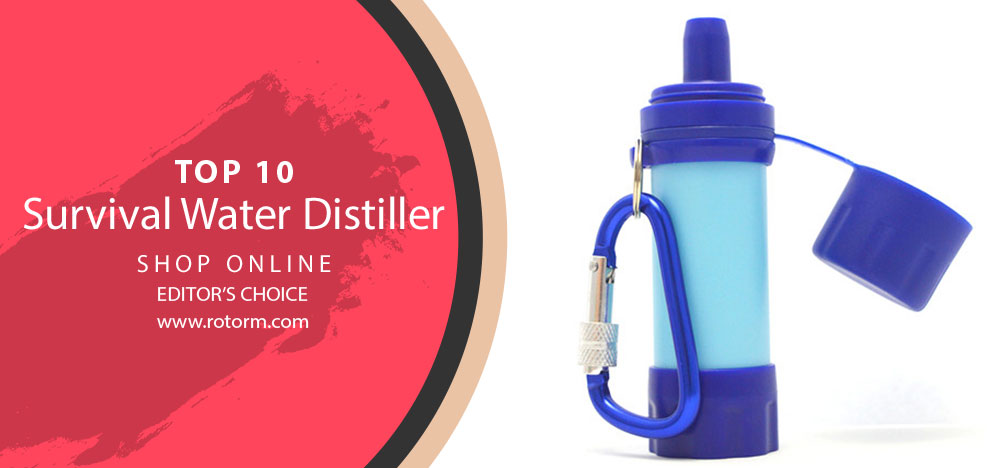
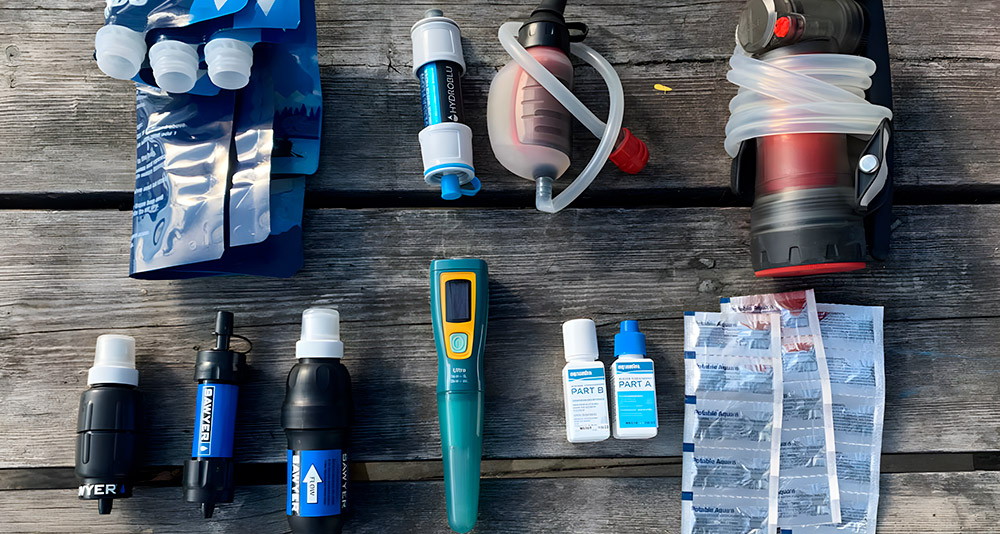
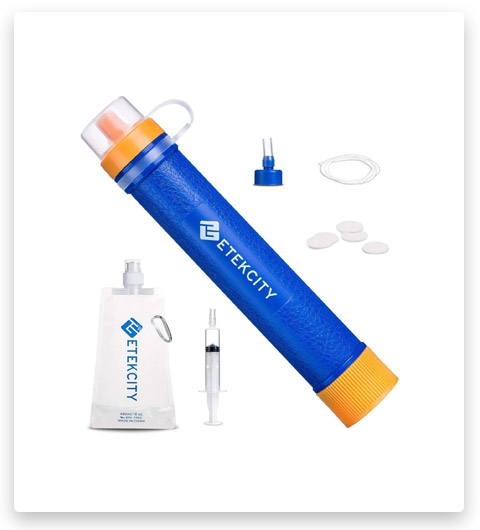
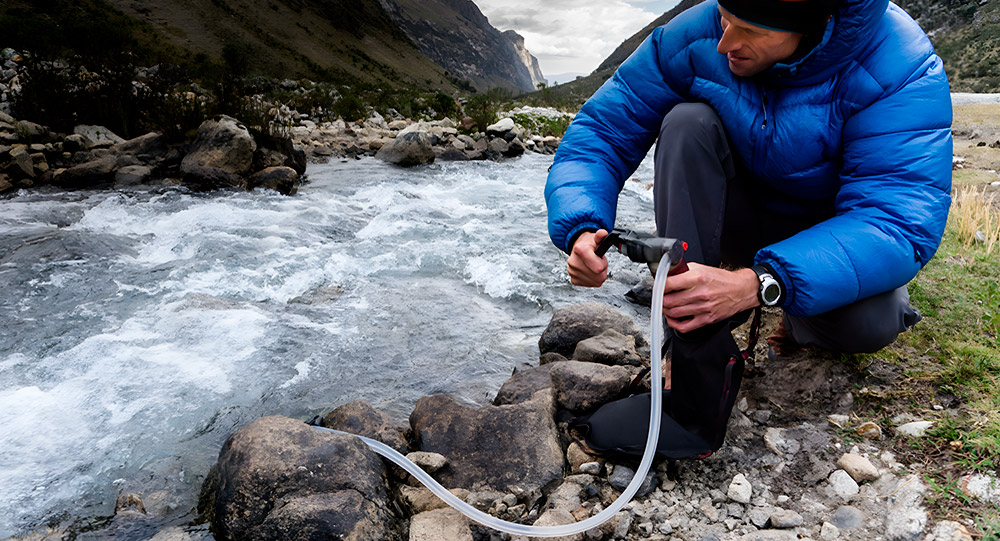










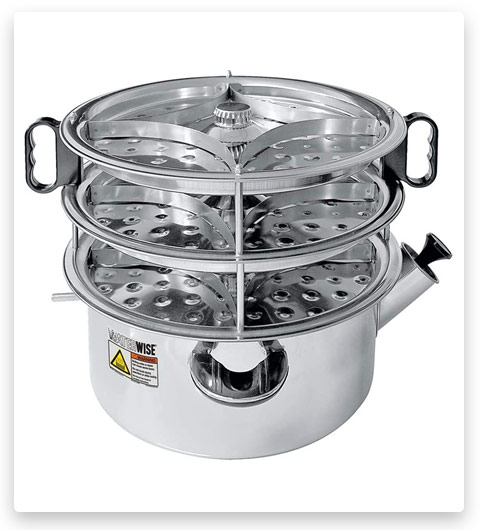
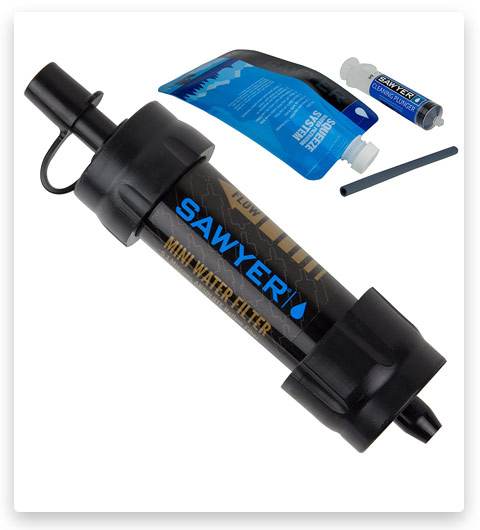
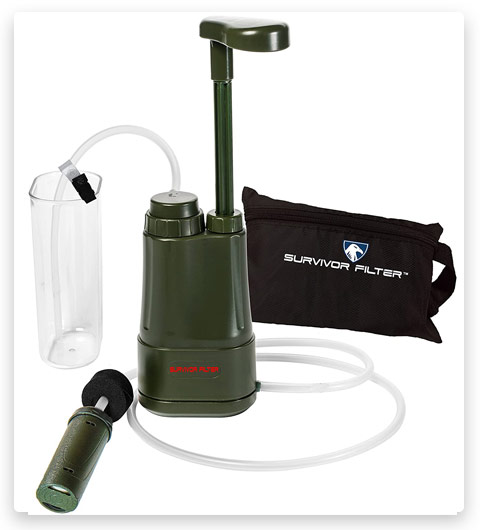
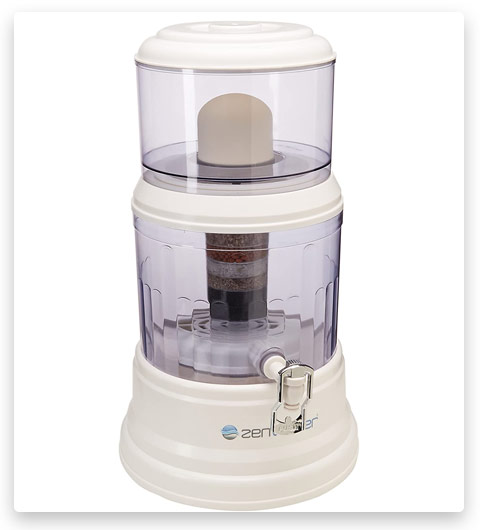
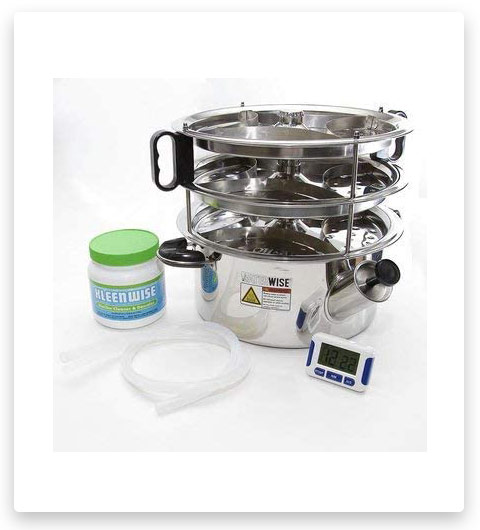
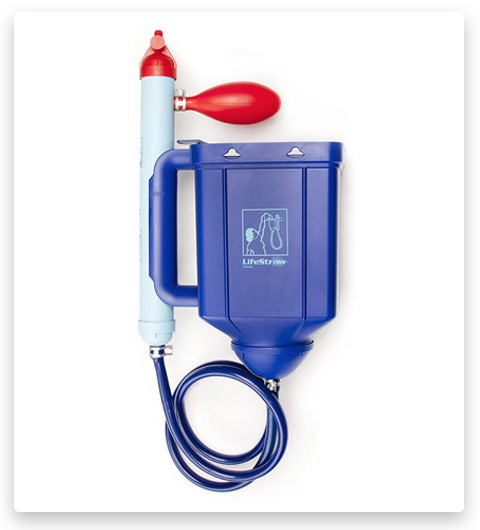
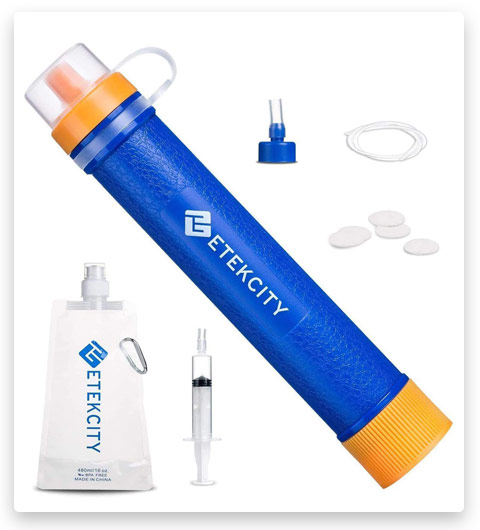
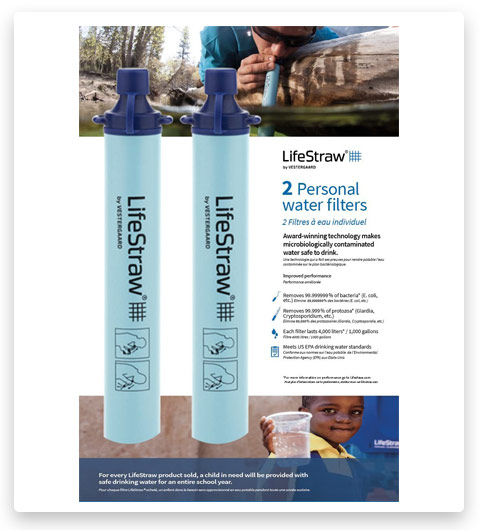
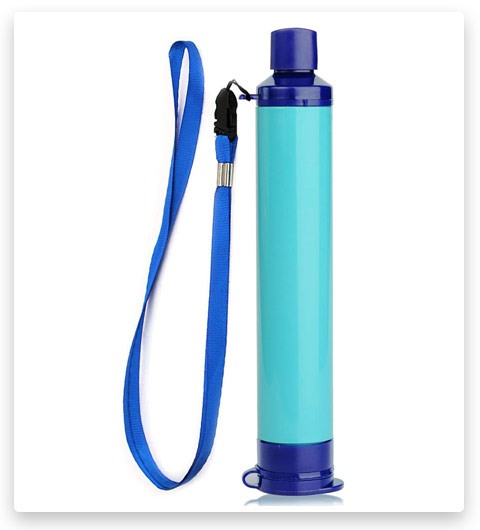
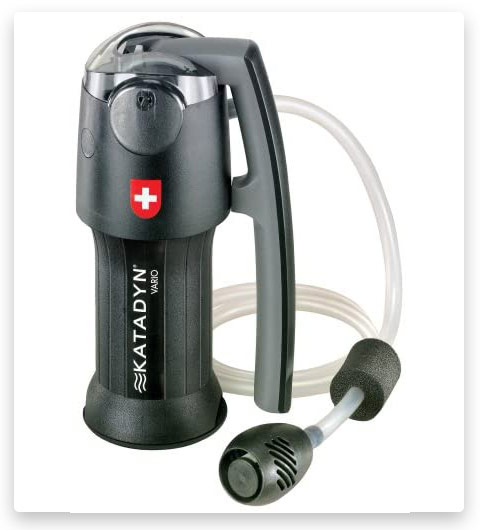
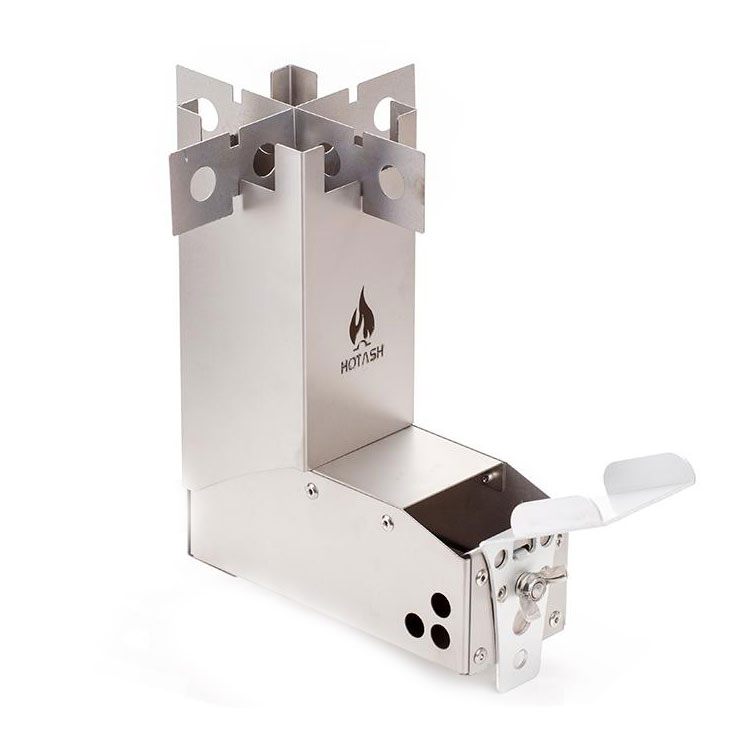
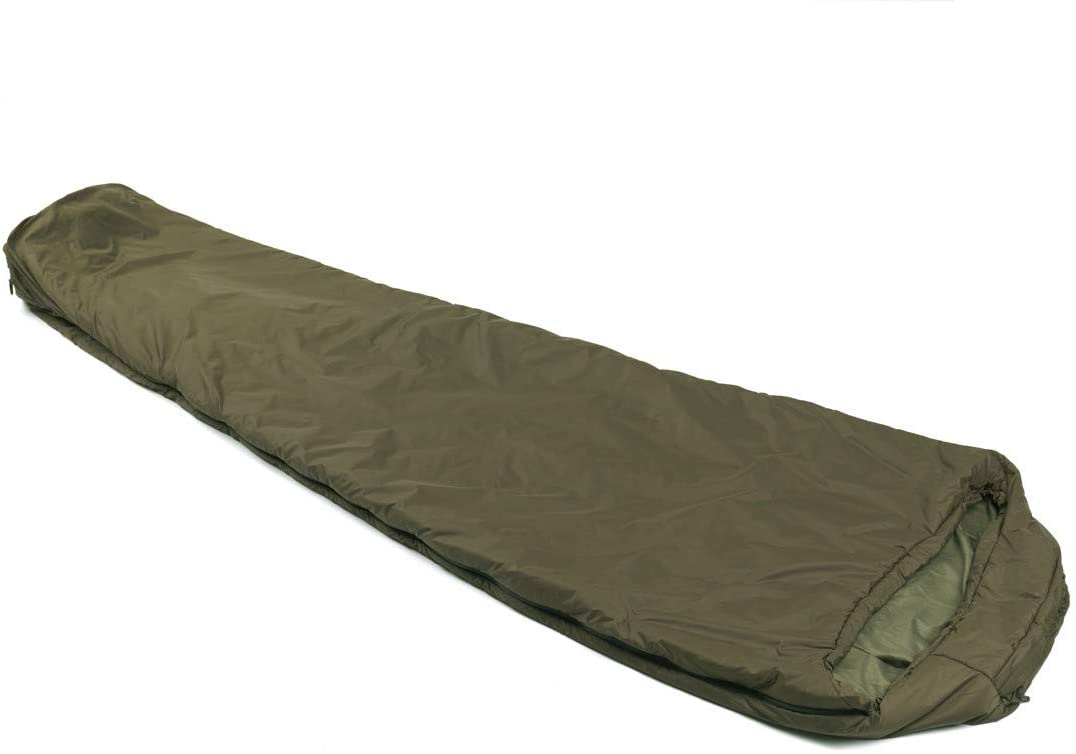
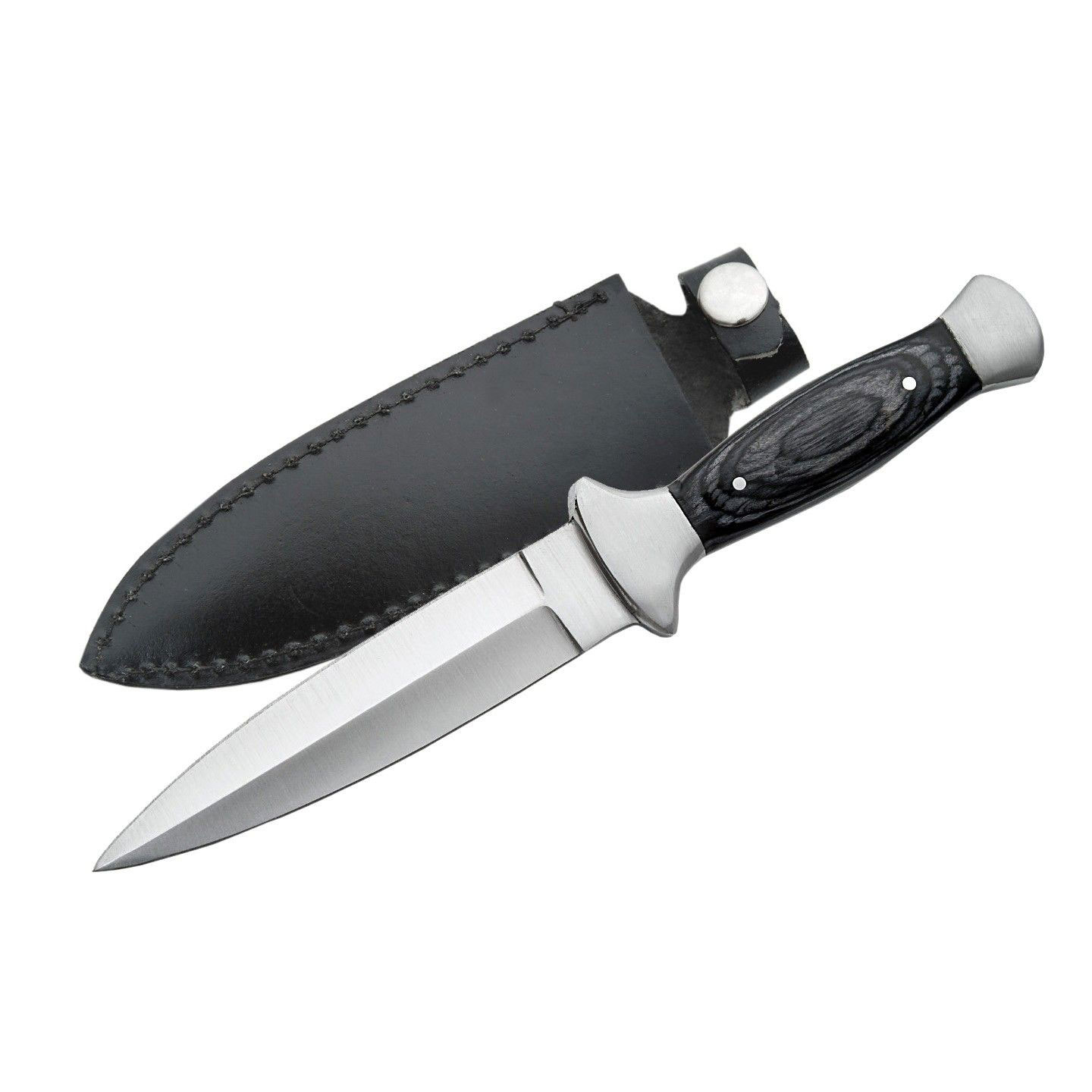
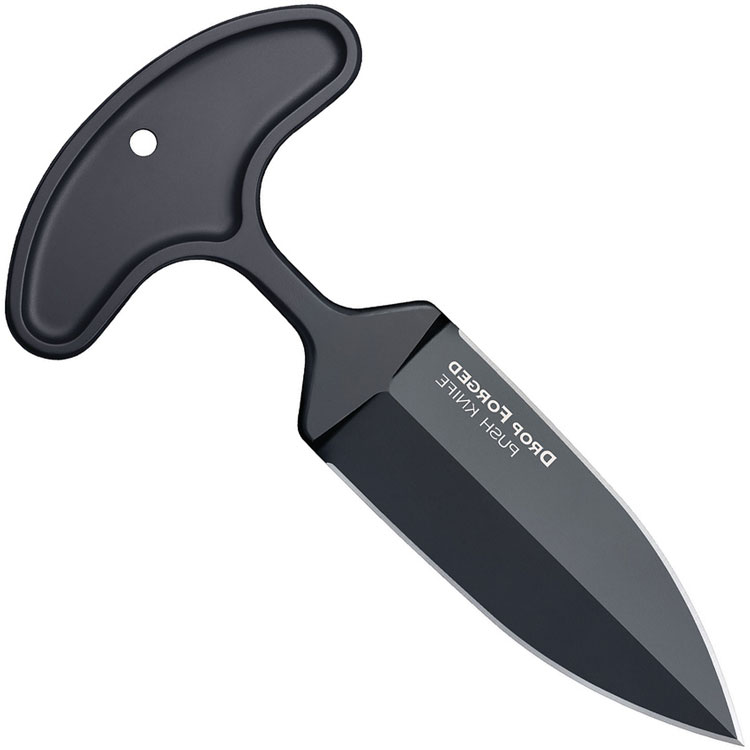
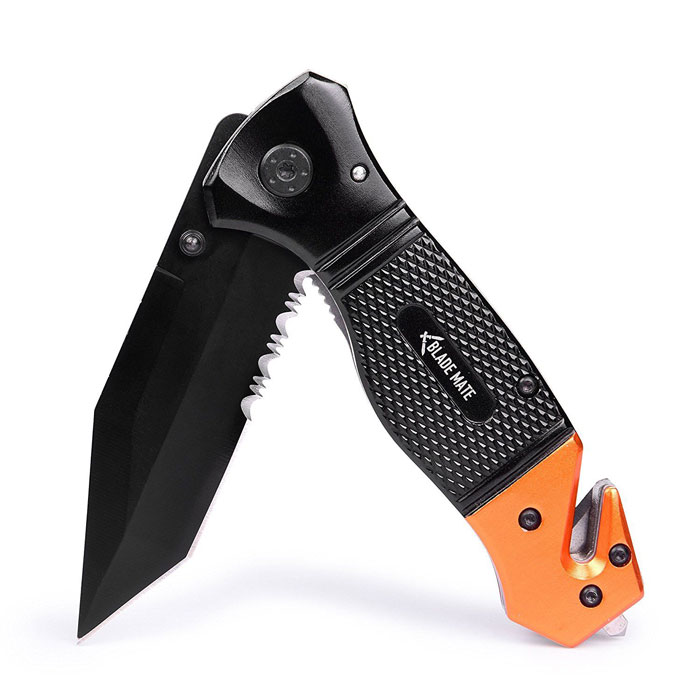
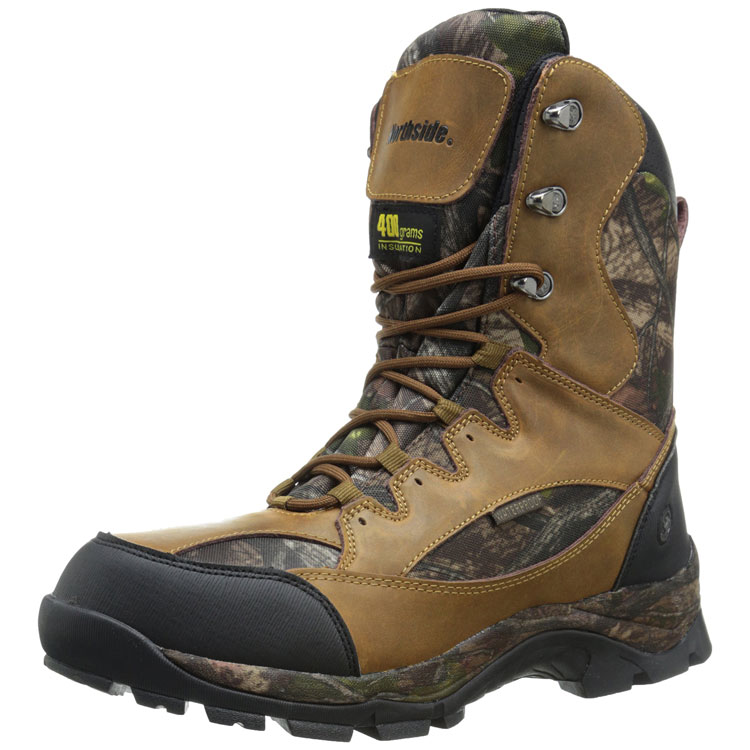
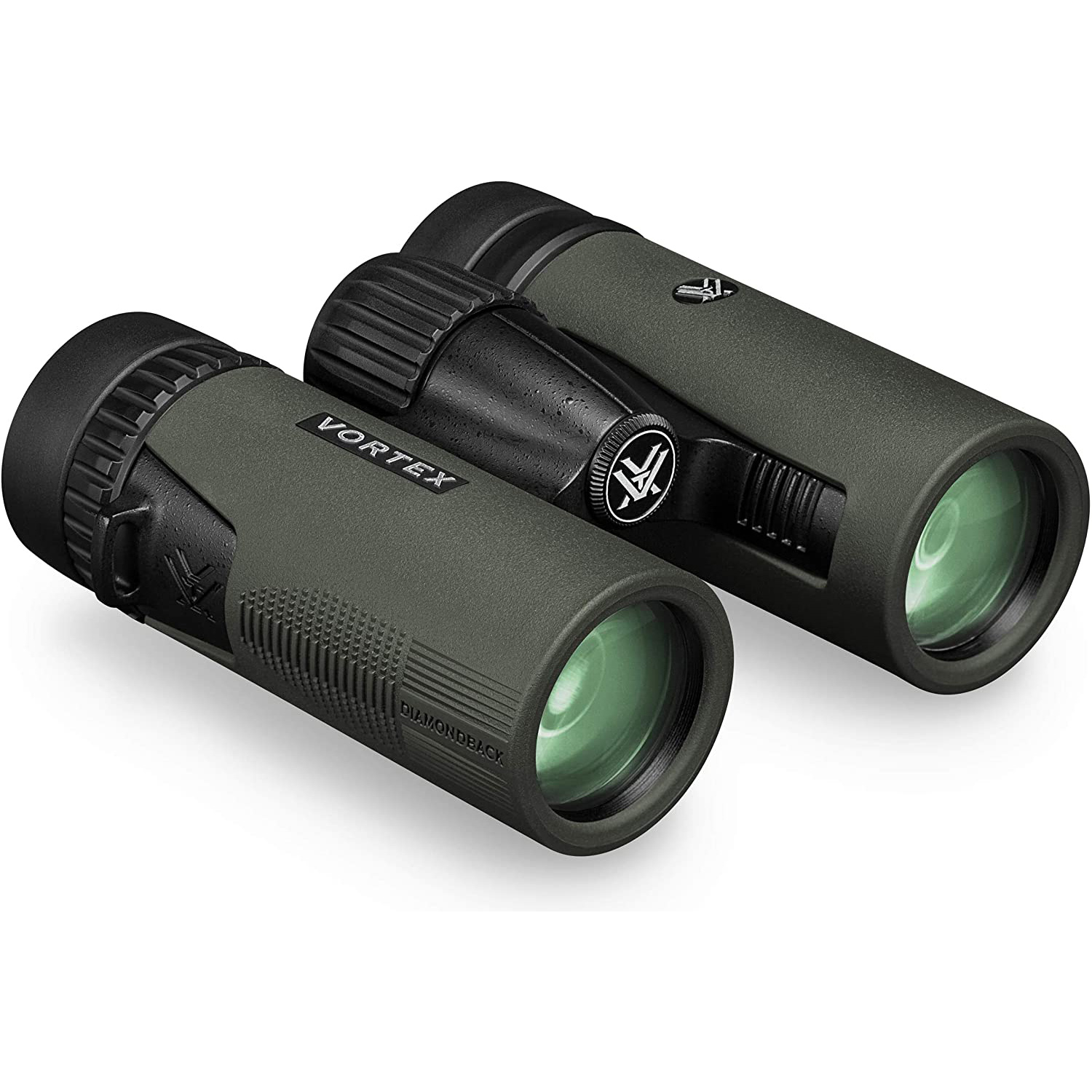
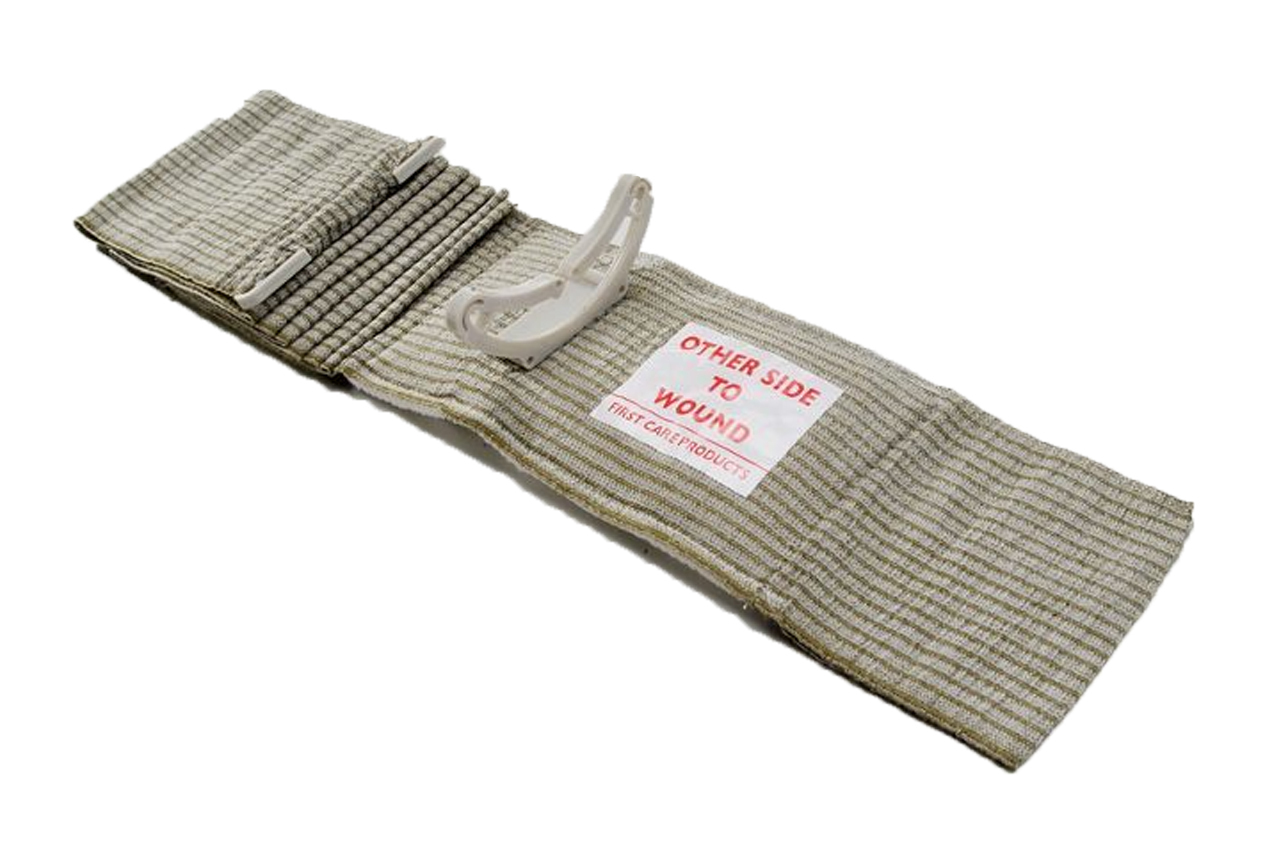
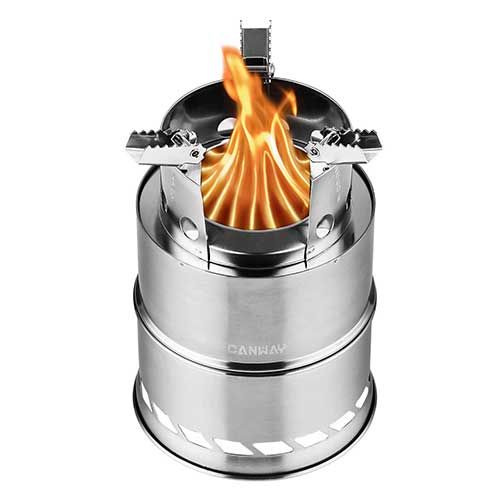
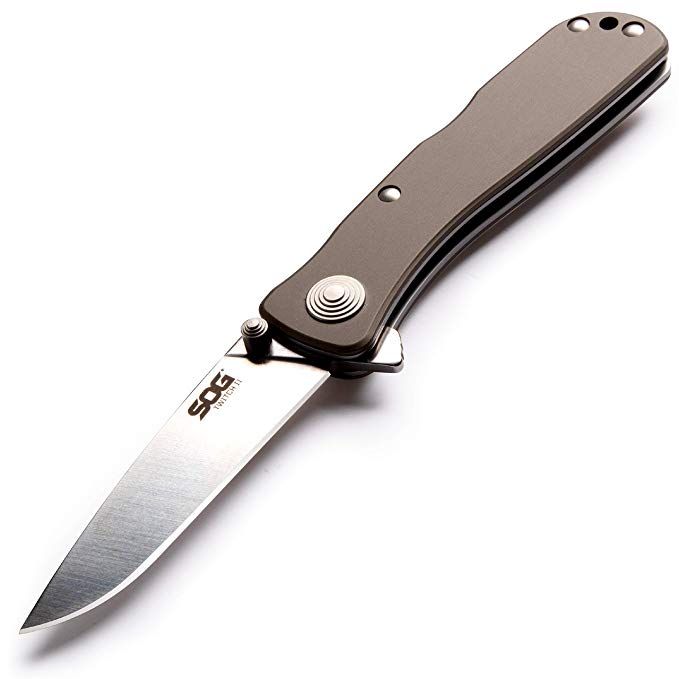
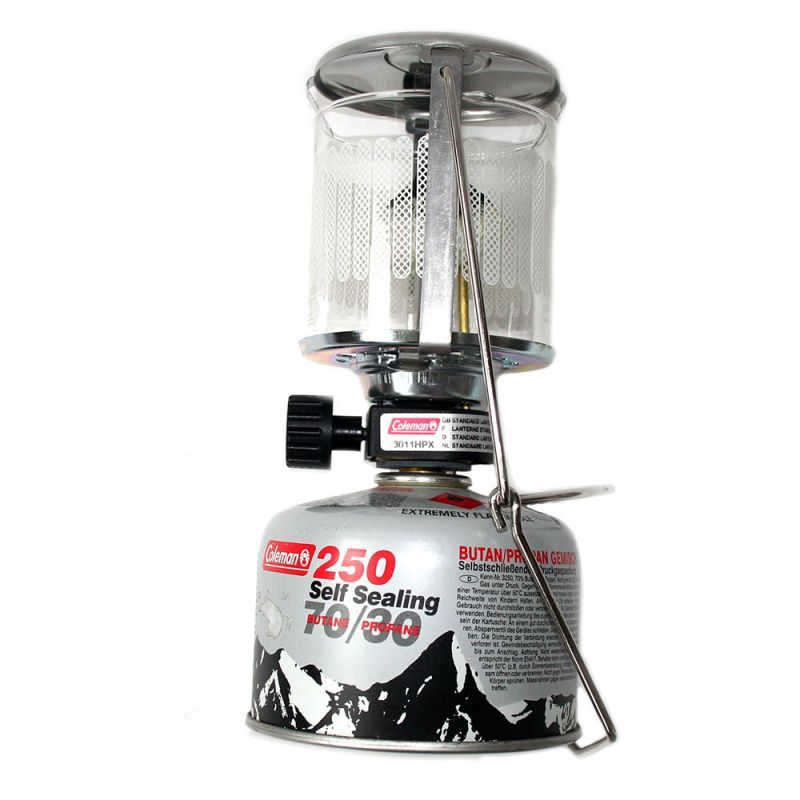
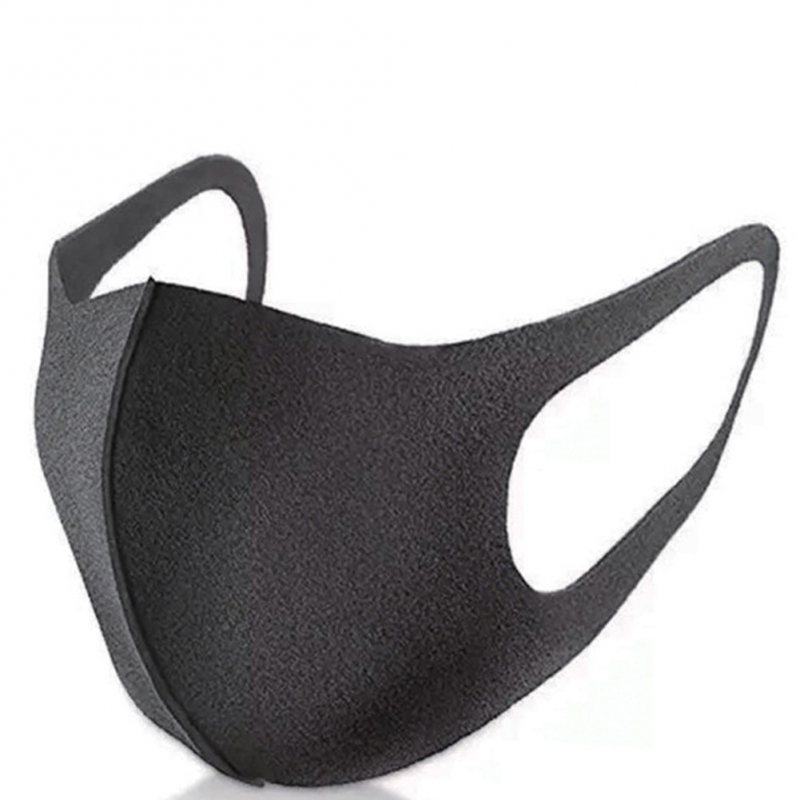
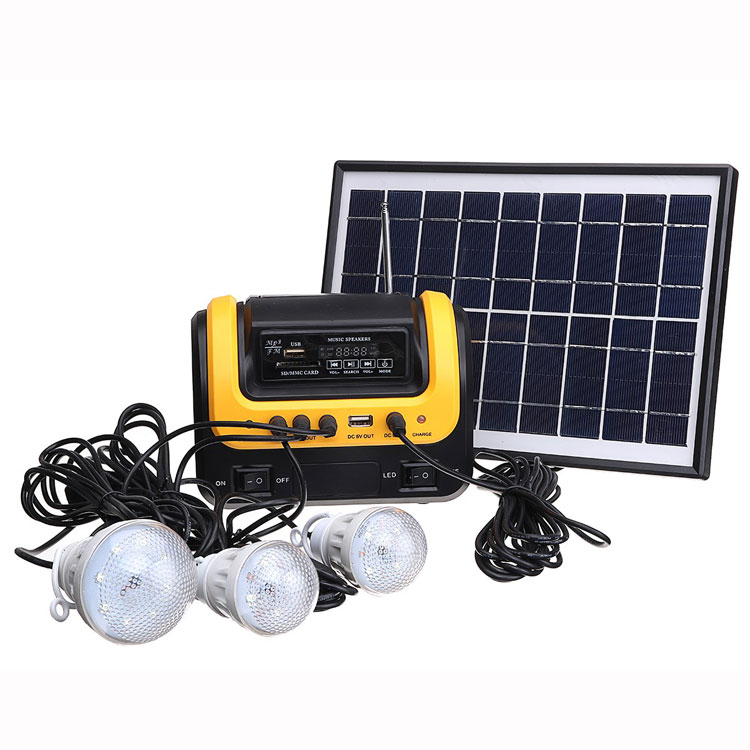
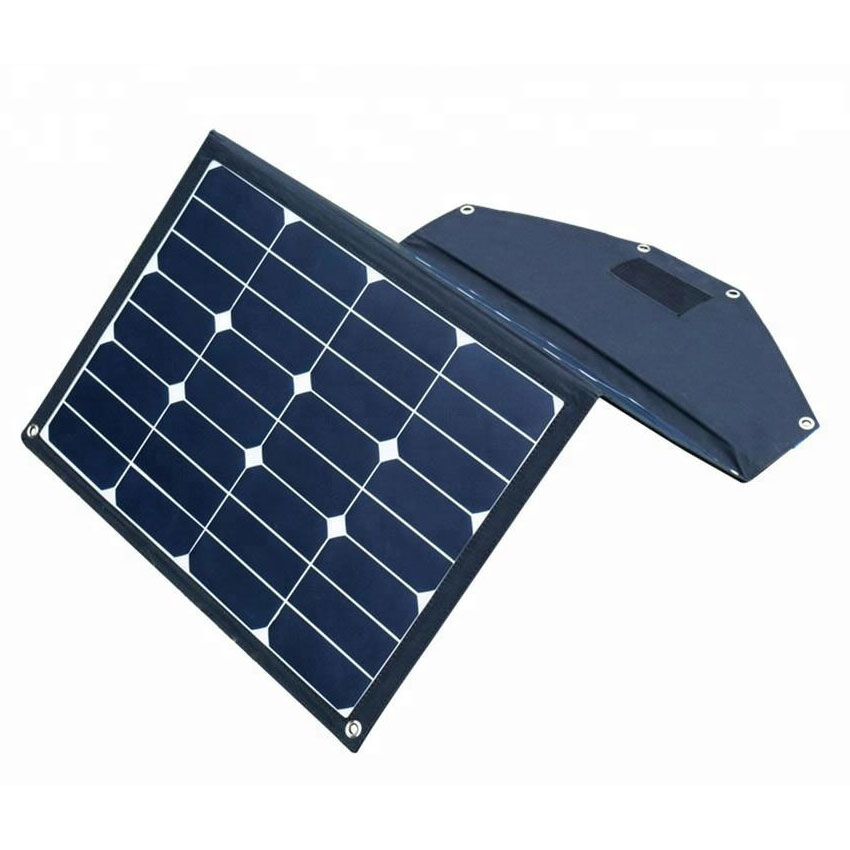
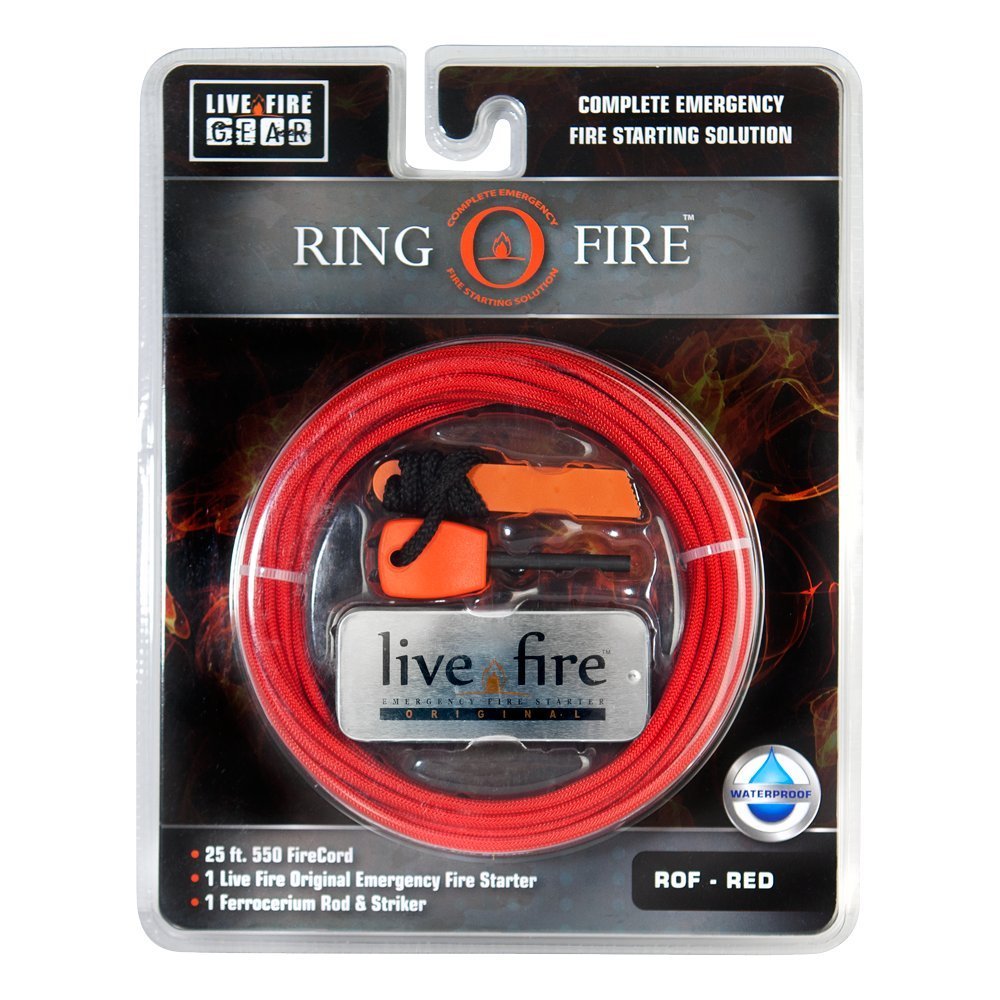
Has anyone here experimented with water distilling? I’m curious to know if anyone has constructed their water distillation setup or has any preferred methods for distillation. I’m interested to hear about your experiences and suggestions.
I believe the main reason water is considered a valuable commodity is not because of its scarcity, but rather the lack of easily accessible potable water. Given enough time, energy, chemicals, and tools, almost any water can be made drinkable. However, there are a few important considerations. Firstly, distilled water is not ideal for drinking purposes. In emergencies where no other options are available, it can be consumed with some food in the stomach. Distilled water has various other uses as well, but for most people’s needs, buying a gallon or two from a store at a low cost would suffice. Secondly, boiling water does not guarantee the removal of all contaminants, including volatile organic compounds that have similar boiling points to the water. Unless you address this issue specifically, such contaminants will remain in the water even after boiling.
In my experience, using a Survivor Filter PRO can effectively remove certain contaminants that regular boiling may not be able to eliminate.
I recently purchased a Waterwise WW1600 Non-Electric Water Distiller. I find it quite convenient to use and clean.
If I were in a wilderness survival situation and needed to find a reliable method to purify water for drinking, what would you highly recommend using?
In a survival situation in the wild, my recommended method for water purification would be to LifeStraw Family 1.0 Portable Gravity Powered Water Purifier. It’s crucial to exercise caution and consider the water source. Water from mountainous areas is generally safer compared to water near fracking operations or other potential contamination sources.
In my opinion, distillation is often unnecessary and yields a relatively small amount of water compared to other purification methods. It should primarily be reserved for situations where the water is contaminated or comes from sources like saltwater or urine. In most cases, pasteurization is a practical choice. By heating the water to a temperature of at least +149°F or +65°C and holding it at that temperature for one minute, I can effectively kill harmful pathogens. Alternatively, a full boil at 212°F or 100°C is also an excellent method.
I recently purchased a water distiller because we frequently use a lot of water for our air humidifiers. This got me thinking about its potential use in an emergency where drinking water might be scarce. In such a scenario, I believe I could utilize the distiller to produce drinking water.
Yes, you can use a water distiller to produce drinking water in an emergency. It’s important to note that the longevity of the distiller will depend on the quality of the water source. Therefore, it is advisable to pre-filter the water before distillation by implementing basic decontamination measures. The primary goal would be to eliminate larger particles, debris, slime, and other contaminants.
I rely on a Zen Water Systems Countertop Filtration System because my tap water is not suitable for drinking, especially since it is stored in a cistern.